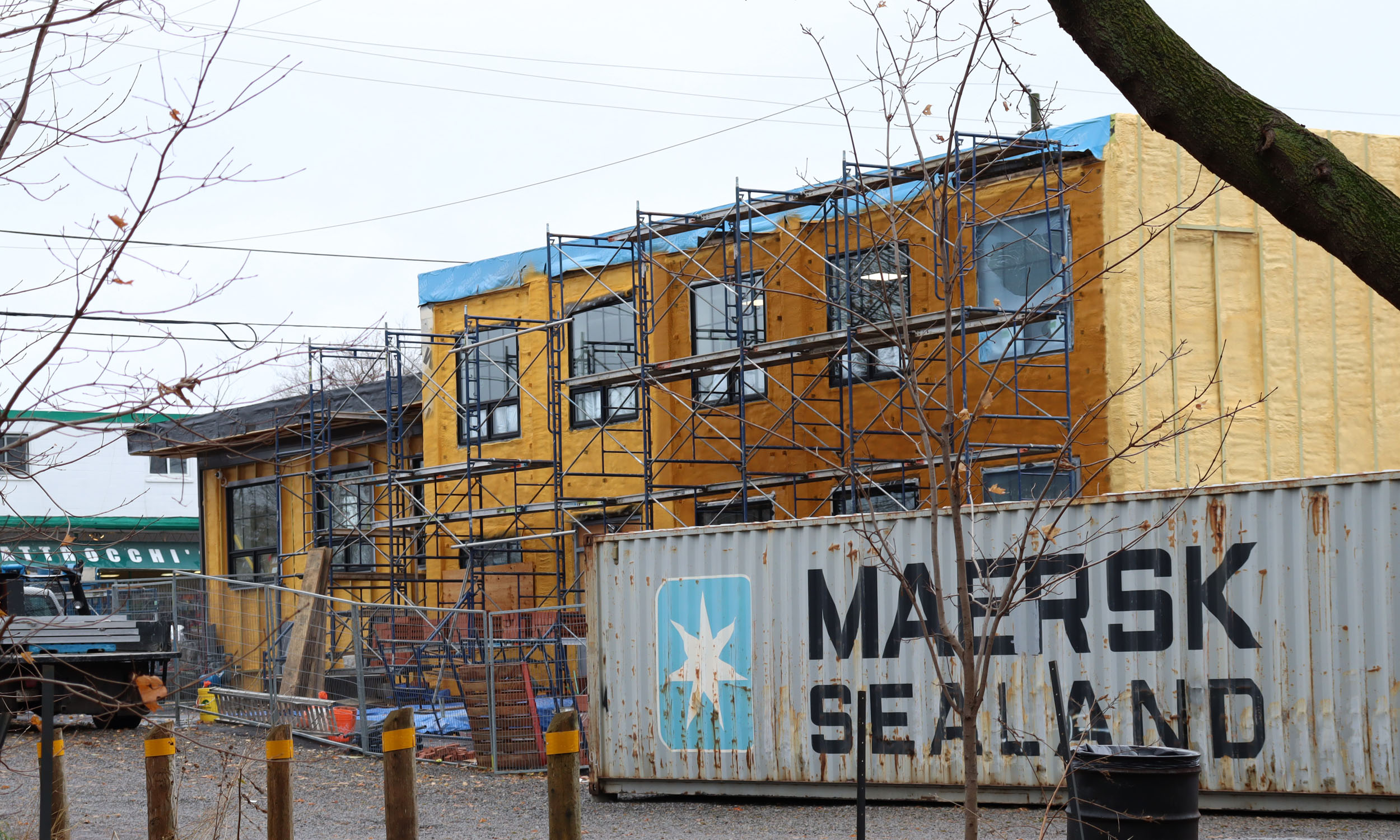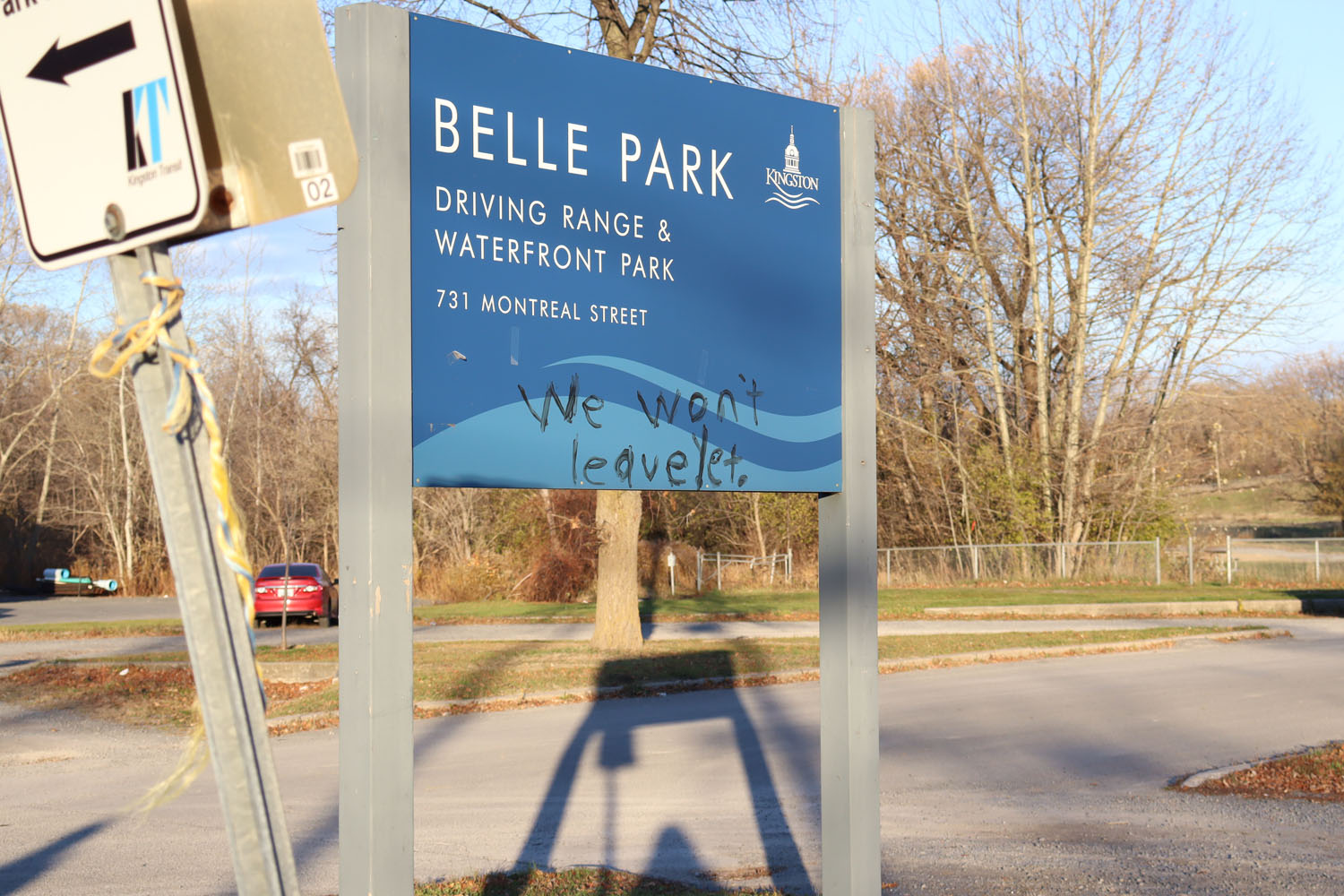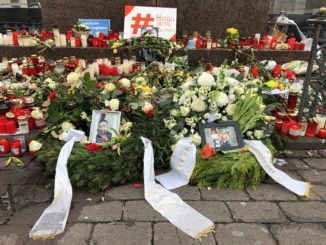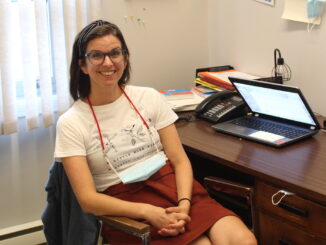A new hub of services for those experiencing homelessness and addiction has found a permanent location in Kingston, but nearby residents have expressed concern.
Anna Stafford
Kicker
KINGSTON, Ont. — Kingston’s new Integrated Care Hub has begun offering a variety of services to people experiencing homelessness and drug addiction, but not without some pushback from the neighbouring community.
HIV/AIDS Regional Services (HARS) and the Kingston Community Health Centre (KCHC) opened the Integrated Care Hub with hopes of making housing, harm reduction and mental health services more accessible to the people who need them.
Soon after opening in a temporary location this summer, says manager Gilles Charette, the Hub began seeing encouraging statistics.
“Lives were being saved as a result of overdoses that were being reversed. . .,” said Charette.
The city extended funding for the hub until June 2021 because of the positive results.
The hub moved to a permanent location at 661 Montreal St. in early November. There have been some delays in the construction, but the space is open and serving people. The drop-in zone has space for around 25 people, and “rest pods” where people can sleep have space for 23.
While the centre has benefitted people struggling with homelessness and addiction, longtime residents of the area are concerned about the hub’s impact upon their lives.
Valerie Gray, who lives near the hub, said she hears “constant yelling and screaming.” She said she has found a knife and needles in her backyard and that people have also walked onto her property when they were visibly intoxicated.
“We’re not safe here anymore,” Gray said.
Rights of neighbouring community
Gray started a petition within her community to convince the city to move the hub. She received 186 signatures. Only four of her neighbours did not sign.
Charette understands these concerns.
“The concerns that people highlight are all very valid,” Charette said. “Nobody wants to feel unsafe. Nobody wants a sense that their property may be damaged or taken.”
However, Charette says that no location would be perfect and unanimously agreed upon.
One of the concerns that Gray has is what she sees as an overcrowding of similar social services in the area. This results in a concentrated population of people experiencing homelessness. This concentrated population results in more of the behaviour that concerns her. She would like to see these services spread out.
Charette notes, however, that it’s important for the hub to be near these other services because transportation is a challenge for many of its clients.
“I totally agree that they do need a place to go, they do need a place to sleep. . .,” Gray said.
Gray says her concerns stem from possible consequences for people already living in the area, not from a lack of concern for those who need the services.
“We are concerned citizens and we want more than anyone for the vulnerable sector living in Kingston to do well,” she said.
“But, at the same time, the residents in this community also have the right to enjoy our home . . . to live in peace and security.”
Gray wants her rights and those of her neighbours to be weighed equally with the rights of those seeking the hub’s services.
“The rights of one should never diminish the rights of another.”
Hub coordinator Stephanie Bate says she is hopeful that the facility will be able to build a relationship with its neighbours.
“The homeless population is so disenfranchised from being a part of a community. . .,” said Bate. “For them to be able to have a chance to be integrated into this already existing community in the Montreal St. area is something that we’re very hopeful about.”
Impact of COVID-19
Charette says the hub is even more important now because COVID-19 has disrupted the way traditional services operate.
Shelters have less space now as a result of the pandemic and can require someone to self-isolate for 14 days before entering. These new regulations create more barriers for those seeking out the services.
COVID-19 emergency funding from the city funded the hub, and HARS has hired more than 50 new people to help operate it.

The Integrated Care Hub’s permanent location is still under construction. It is open and serving the community while the construction is being finished. Anna Stafford/Kicker
An advisory committee made up of people who use the hub’s services gives feedback to the managers about the kinds of services they need.
“[The hub] is us creating a model to fit the people we serve, as opposed to expecting the people we serve to fit a model that we created,” said Charette, who is also executive director of HARS.
Many of the people seeking out services at the hub lived in an encampment in Belle Park this past summer. They formed a small community there – before the city evicted them.
Bate says the Belle Park encampment formed in response to the reduced capacity at local shelters and other COVID-19 related challenges.
Controversy surrounded the Belle Park residents and the city’s decision to evict them.

“The Belle Park encampment is really, in my opinion, an example of our community’s resilience,” Charette said. He says the community’s ability to come together and support each other under trying circumstances was admirable.
The encampment also allowed HARS to bring its harm reduction services to the people because many of these services were all in the same place. This factor highlighted the benefits of the Integrated Care Hub model, which brings the services to the people all under one roof.
Charette notes that the hub is not a long-term living space. It does not replace the living space that the community had in Belle Park. However, he added, the encampment did highlight the need for the hub, which is just down the street from Belle Park.
Gray says that the problems she describes, including theft and harassment, began when the community lived in Belle Park, and have worsened since the hub opened.




Be the first to comment